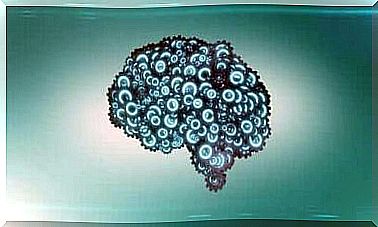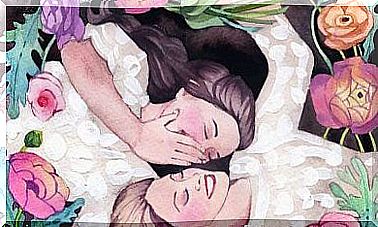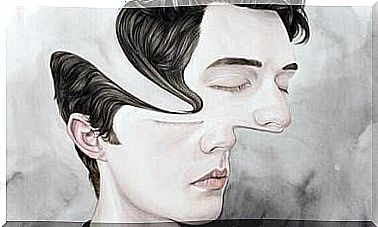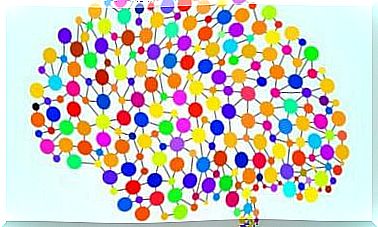Learn All About Bipolar Disorder In Children
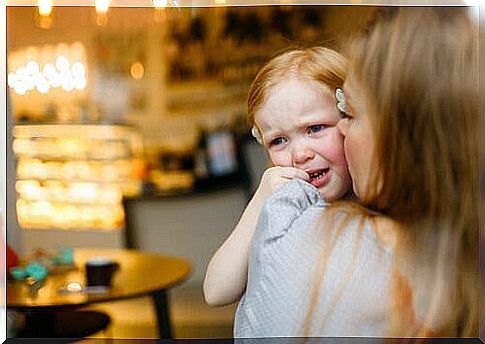
Have you noticed that your child experiences a very intense mood? Do they show extreme changes in behavior? Do they have very sad periods and suddenly become very enthusiastic, sometimes with an exaggerated joy? If this type of behavior occurs daily, your child may suffer from bipolar disorder. Read more about bipolar disorder in children below.
Not all sudden and intense mood swings in children mean that they suffer from bipolar disorder. This can only be confirmed by a mental health specialist after adequate evaluation. Although most cases are diagnosed in older children and adolescents, it can occur at any age.
What constitutes bipolar disorder in children?
Bipolar disorder affects a child’s mood and energy, causing sudden changes in their emotional state.

Sometimes they feel overly happy and run around playing without stopping. It is a period of extreme tension. This stage is called mania. Other times, they feel very sad with a state of discomfort that affects their activity level and energy. This is known as depression.
Unlike bipolar disorder in adults, both manic and depressive symptoms occur in children during the same day or may appear simultaneously. Therefore , bipolar disorder in children may be more severe at this stage than in adolescence or adulthood.
That said, it is important to clarify that bipolar disorder is not the same as the normal ups and downs of behavior and mood that any child may experience. In fact, it is often difficult for children suffering from the disorder to do their schoolwork or associate with classmates and family.
Mani
The essential characteristic of a manic episode is a period of abnormal and persistently elevated or irritable mood. It also causes an abnormal or persistent increase in activity or energy.
The mood of a child during a manic episode is often described as euphoric, overly cheerful or “feeling like being in the world”. In children, joy, “nonsense” and “nonsense” are normal in connection with special circumstances.
However, if these symptoms are recurrent, inappropriate for the context and go beyond what is expected for their level of development, you should be aware.
High activity levels and grandiosity
During a manic episode, a child may involve himself in many new toys and games at once. Even during untimely times of the day. In addition, they have very high self-esteem ranging from self-esteem that lacks criticism to grandiosity and sometimes even delusions of greatness.
Children usually overestimate their abilities and think, for example, that they are the best in a certain sport or the smartest in their class. The child’s conviction of his grandeur is still present despite clear evidence to the contrary. In addition, the child can try a feat that is clearly dangerous.
Less need for sleep
One of the most common symptoms of mania is a lesser need for sleep. This is different from insomnia. In case of insomnia, a person will sleep or feel the need to sleep, without being able to. While during an episode of mania, a person sleeps little or wakes up several hours earlier than usual and feels rested and full of energy.
Often , a lesser need for sleep signals the beginning of a manic episode.
Depression
Depression refers to a set of related symptoms that appear and disappear together. Usually these symptoms are sadness, irritability, loss of interest and fatigue. You can also see:
- Feelings of inferiority and guilt
- Decline in psychomotor skills
- Insomnia
- Suicidal thoughts
- Lack of appetite
- Weight loss
- Difficulty concentrating
It is important to remember that children often feel sad, careless, irritable, tired or guilty. It is necessary to separate these normal feelings from depression.
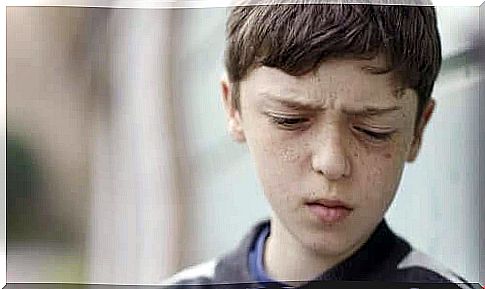
Thus, for example, you need to distinguish a child’s normal lack of motivation or boredom when doing certain tasks, from a persistent and generalized lack of interest in all kinds of activities.
It is also necessary to distinguish a small appetite and the tendency to make meals an endless disorder, from the pronounced loss of appetite that constitutes a symptom of depression. You must also distinguish the usual fatigue that results from long school days and leisure activities, from continuous fatigue or exhaustion.
Symptoms of bipolar disorder in children
Children suffering from a manic episode can:
- Feel excessive joy
- Suddenly get a tantrum
- Talk quickly about many different things
- Have difficulty sleeping, but wake up and feel rested
- Have concentration problems
- Perform dangerous behaviors
Children suffering from a depressive episode can:
- Feeling very sad
- Complaint of headache or abdominal pain
- Sleep too little or too much
- Feeling inferior to others
- Feeling guilty
- Have very little energy
- Show a lack of interest in fun toys
- Have suicidal thoughts
What causes bipolar disorder in children?
As with many other disorders and diseases, there is not one particular reason that explains the origin of bipolar disorder in children. Thus, there are several factors that can cause it.
Genetics play an important role in the development of bipolar disorder in children since it is hereditary. Children with a family history with it therefore develop it more frequently.
On the other hand, some have suggested that there is something abnormal in the structure or function of the brain. One piece of information one can ponder is that bipolar disorder is more common in rich countries than in poor countries.
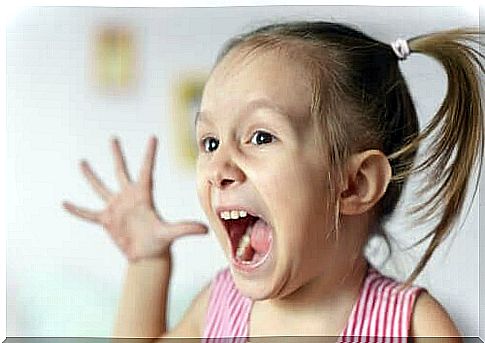
The treatment for children with bipolar disorder is similar to that of adults. Treatment can help control symptoms and works best when it is continuous and uninterrupted. Medications are often useful for mood stability.
With proper treatment, children with bipolar disorder tend to improve over time. However, it is usually normal to have to try several times before finding the ideal treatment for each person.

